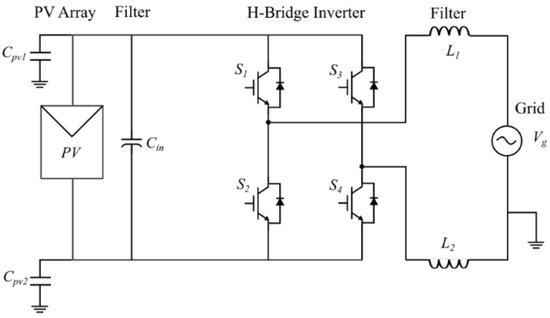New 3-storey house. PV panels on roof and inverter in garage on ground floor. Not unreasonably the client wants the downleads flush mounted. The proposal was to flush mount them in the masonry walls in steel conduit for the route from the loft area, down through bedroom on the top floor and TV room on first floor to garage on ground. No through boxes or the like to indicate cabling below. This is not a one-off situation as the client has a site of 40+ units. Done carefully, I can’t see too much of an issue but I just feel a tad uncomfortable. Any views?

